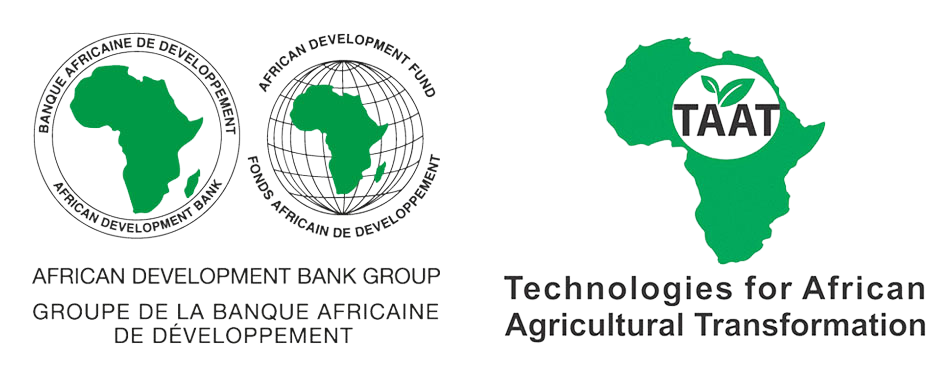

Build an efficient seed system!
SeedTracker is a web- and mobile-based application designed for national and decentralized seed system management. It enables registration of seed producers and fields, records inspection activities, provides real-time access to certification status, and generates georeferenced data for decision-making. It works offline and in multiple languages, making it suitable for rural deployment. Regulatory agencies can use it to oversee field activities remotely, support decentralized certification, and build national seed databases.
This technology is pre-validated.
Adults 18 and over: Positive high
For youth, Seed Tracker can open up job opportunities, such as becoming trained facilitators, trainers, or technicians, furthering rural economic growth.
The poor: Positive medium
It could potentially improve their seed management practices.
Women: Positive high
Its provides women with better access to high-quality seeds, helping them increase their productivity and income
Climate adaptability: Highly adaptable
Since it is a digital tool, it is adoptable in all zones
Farmer climate change readiness: Moderate improvement
It improves farmer knowledge on access to climate resilient varieties and where to access.
Carbon footprint: A bit less carbon released
As a digital tool, it reduces the dependency on paper use and the need for travel to access fields for certification and other purposes. However, proper assessment is due.
The SeedTracker enhances the traceability, quality assurance, and distribution of certified cassava planting materials, ensuring that smallholder farmers gain improved access to high-quality and climate-resilient cassava varieties.
This technology directly supports national priorities related to climate resilience, gender inclusion, and several Sustainable Development Goals. Moreover, the system empowers government bodies to make data-informed decisions, monitor progress in real-time, and design inclusive seed policies with measurable outcomes.
To optimize implementation, the following activities should be planned within your project:
A comprehensive implementation toolkit is available and includes user manuals, training videos, dashboards for government monitoring, and helpdesk support. For effective outreach and stakeholder engagement, communication materials such as flyers, explainer videos, and policy briefs can be tailored to your country’s context.
Collaborate with key partners such as National Agricultural Research Institutes and the IITA deployment team.
Minimum cost
Not yet estimated
No formal IP rights
Scaling Readiness describes how complete a technology’s development is and its ability to be scaled. It produces a score that measures a technology’s readiness along two axes: the level of maturity of the idea itself, and the level to which the technology has been used so far.
Each axis goes from 0 to 9 where 9 is the “ready-to-scale” status. For each technology profile in the e-catalogs we have documented the scaling readiness status from evidence given by the technology providers. The e-catalogs only showcase technologies for which the scaling readiness score is at least 8 for maturity of the idea and 7 for the level of use.
The graph below represents visually the scaling readiness status for this technology, you can see the label of each level by hovering your mouse cursor on the number.
Read more about scaling readiness ›
Uncontrolled environment: validated
Common use by projects NOT connected to technology provider
| Maturity of the idea | Level of use | |||||||||
| 9 | ||||||||||
| 8 | ||||||||||
| 7 | ||||||||||
| 6 | ||||||||||
| 5 | ||||||||||
| 4 | ||||||||||
| 3 | ||||||||||
| 2 | ||||||||||
| 1 | ||||||||||
| 1 | 2 | 3 | 4 | 5 | 6 | 7 | 8 | 9 | ||
| Country | Testing ongoing | Tested | Adopted |
|---|---|---|---|
| Democratic Republic of the Congo | Testing ongoing | –Not tested | –Not adopted |
| Ghana | Testing ongoing | –Not tested | –Not adopted |
| Kenya | Testing ongoing | –Not tested | –Not adopted |
| Nigeria | –No ongoing testing | –Not tested | Adopted |
| Tanzania | –No ongoing testing | –Not tested | Adopted |
This technology can be used in the colored agro-ecological zones. Any zones shown in white are not suitable for this technology.
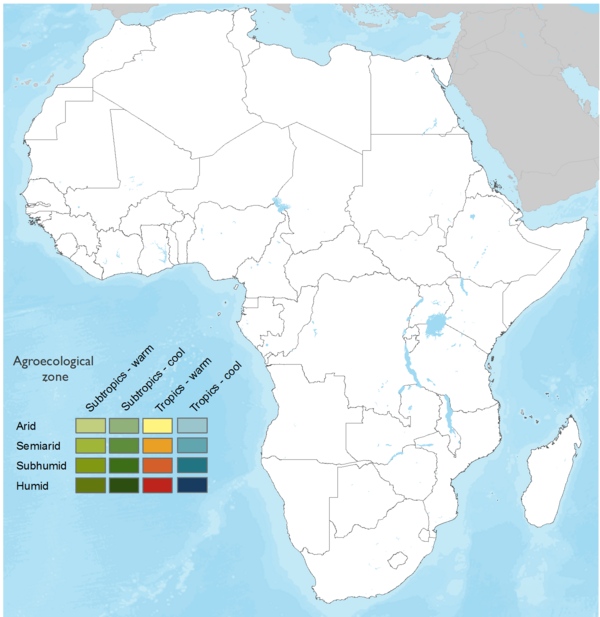
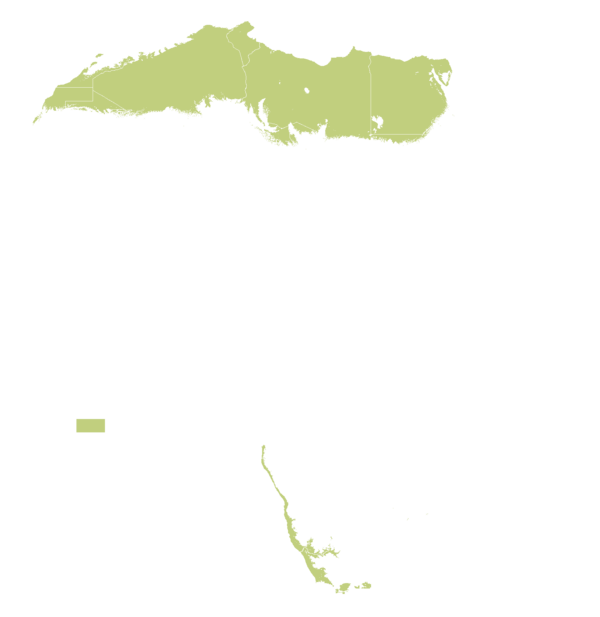

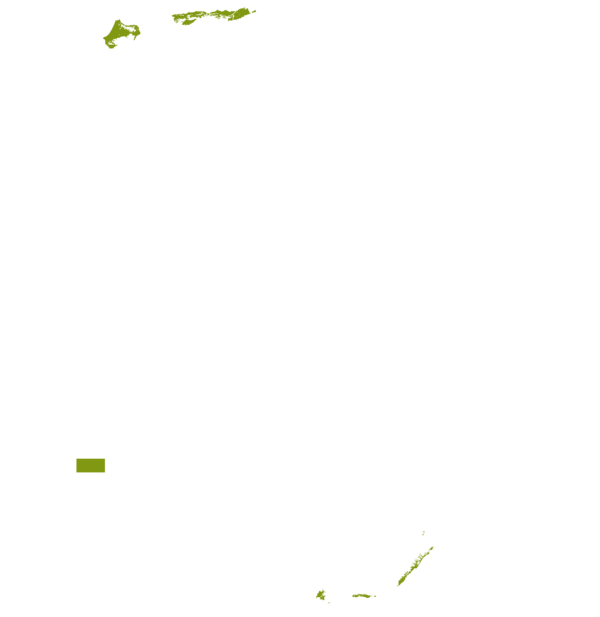
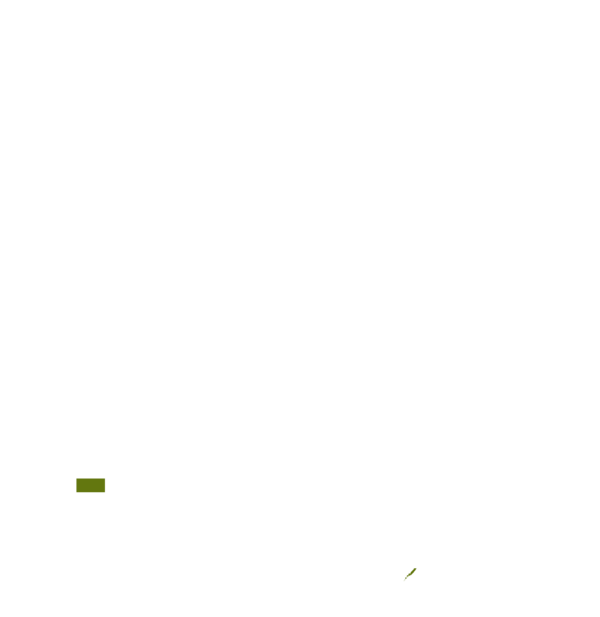

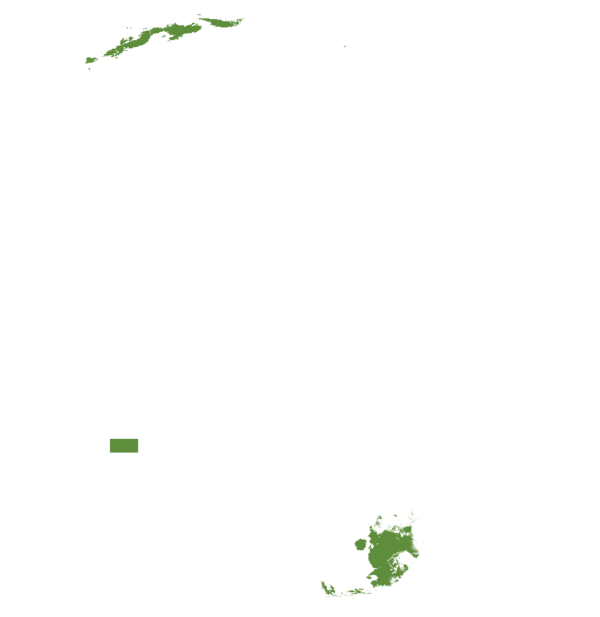
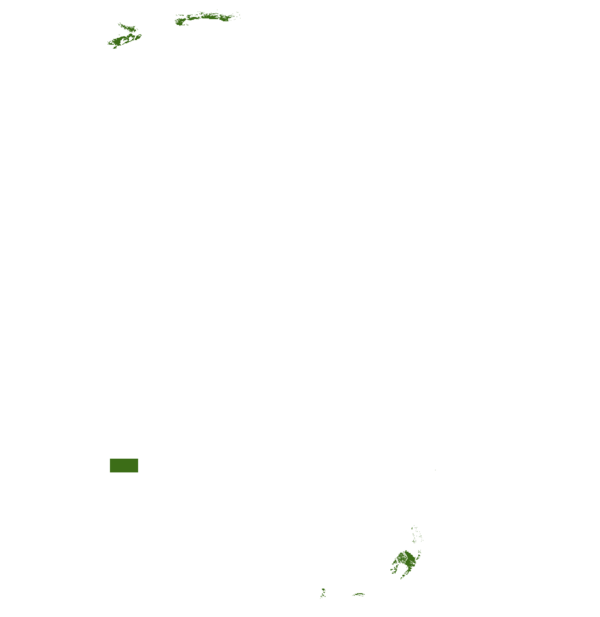

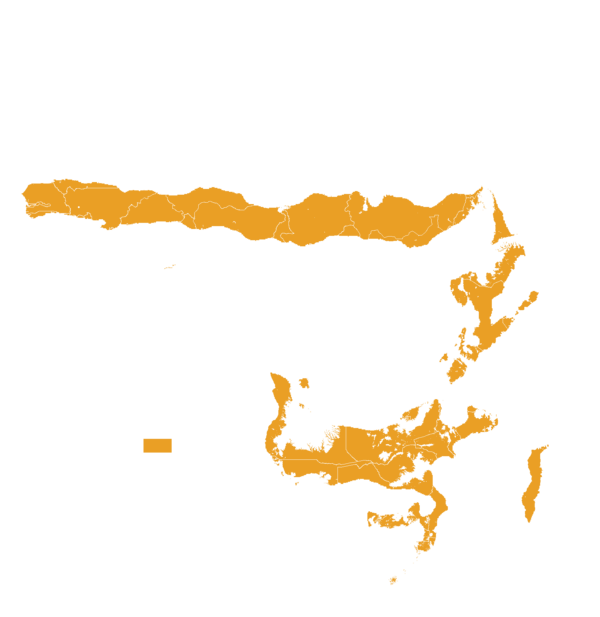
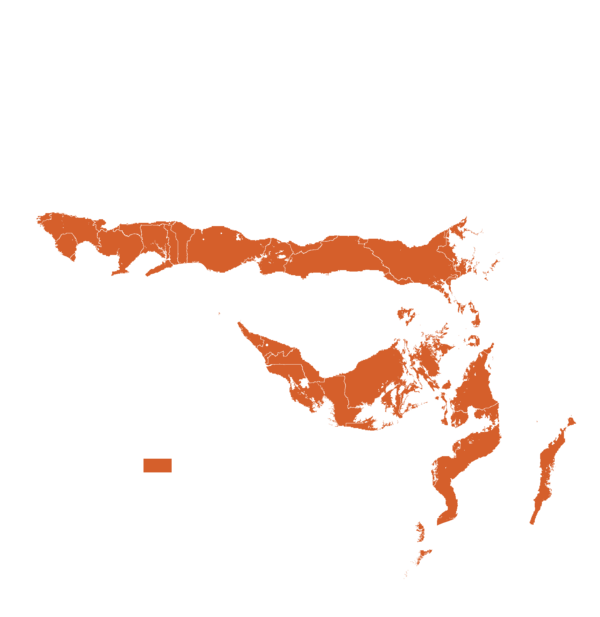

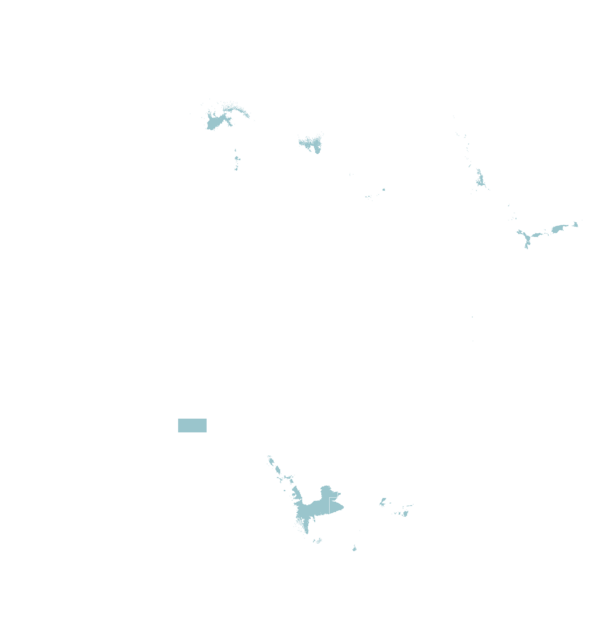

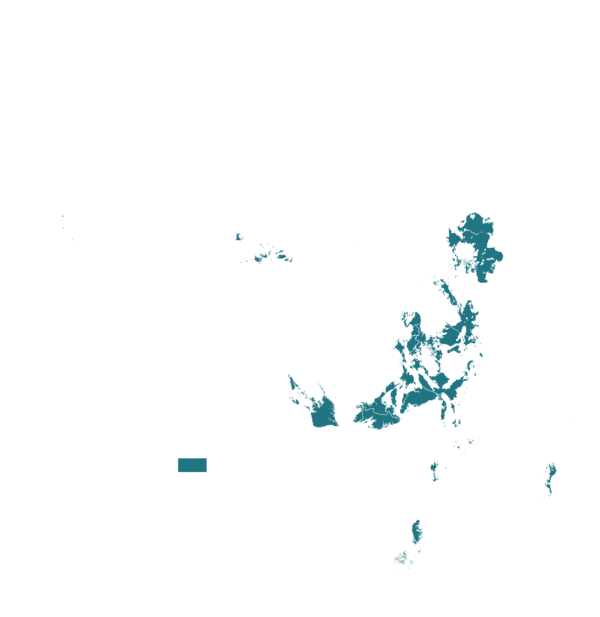
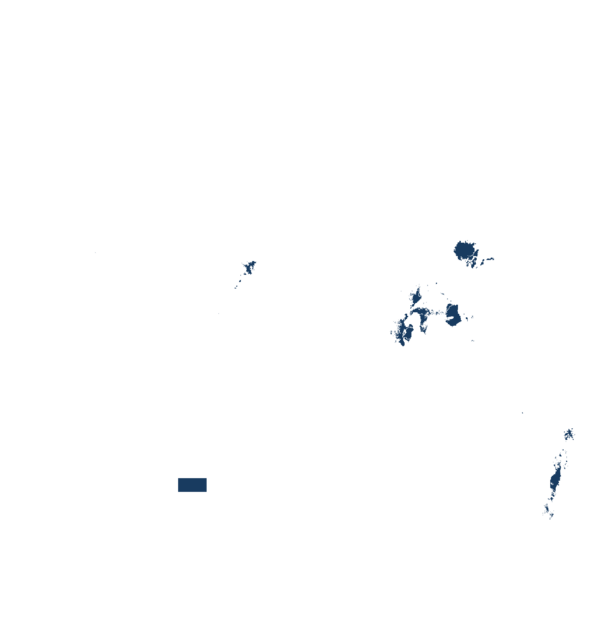
| AEZ | Subtropic - warm | Subtropic - cool | Tropic - warm | Tropic - cool |
|---|---|---|---|---|
| Arid | ||||
| Semiarid | ||||
| Subhumid | ||||
| Humid |
Source: HarvestChoice/IFPRI 2009
The United Nations Sustainable Development Goals that are applicable to this technology.

Enhances food security by scaling access to high-quality seed.
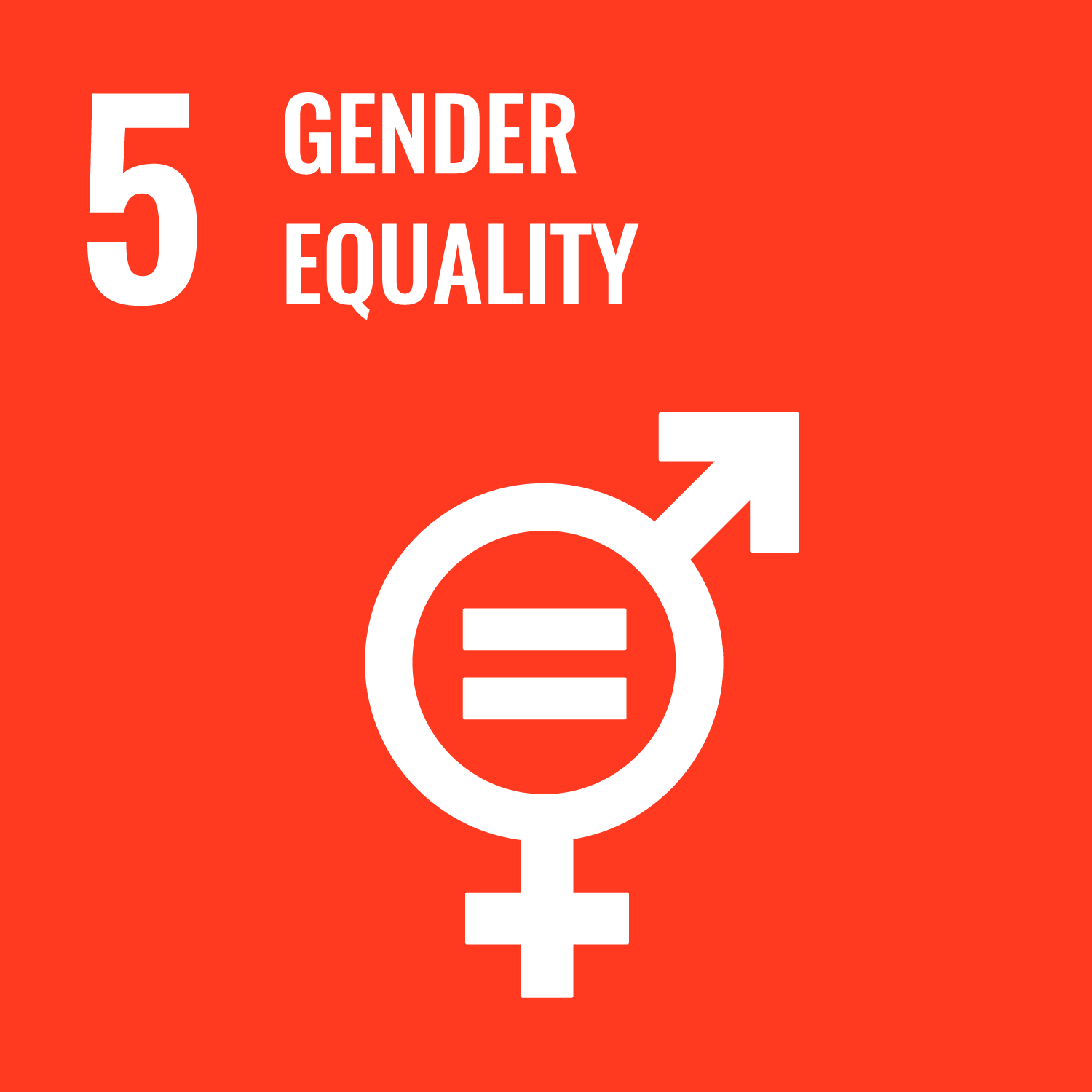
Empowers women and youth to participate in the seed value chain.
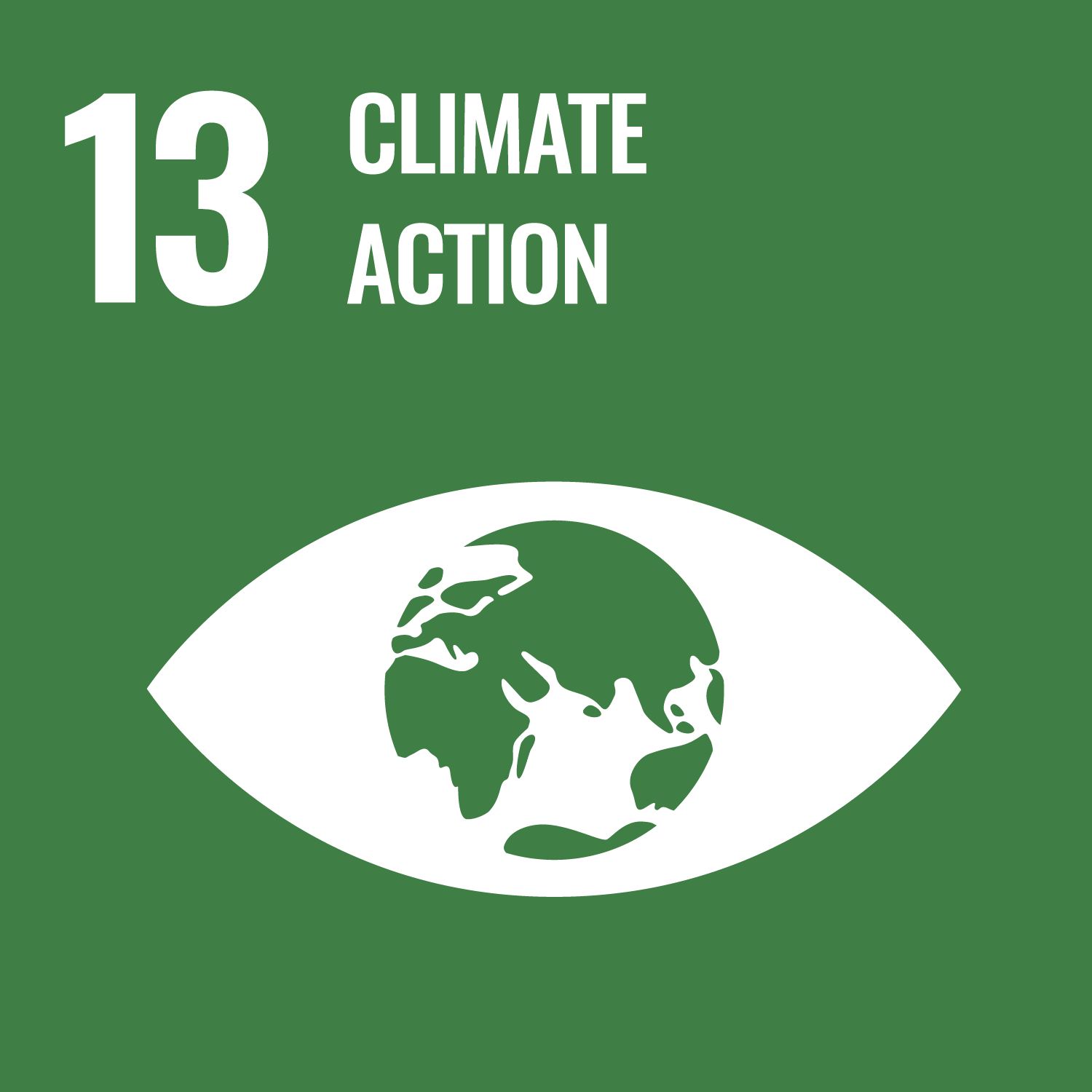
Supports climate adaptation through better planning and resilient varieties.

Fosters collaboration between public and private actors using a common digital platform.
Last updated on 27 May 2025